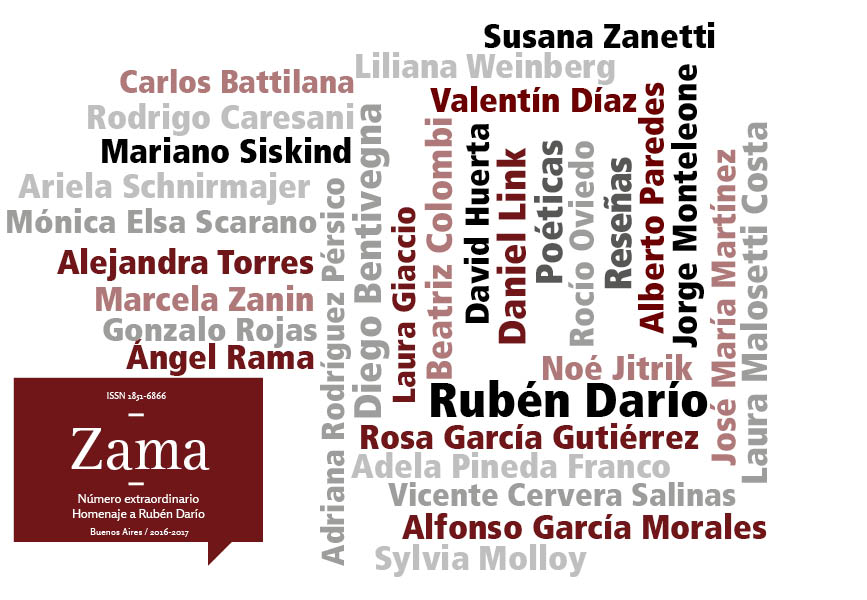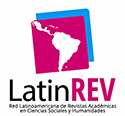¿Qué triunfo celebra Darío en su "Marcha triunfal"?
Keywords:
Rubén Darío, "Triumphal March", textual history, critical reading, Modernism, art's mythification
Abstract
Despite being a famous poem, the textual history and meaning of “Triumphal March” still convey important conundrums. It is commonly known that the poem was written in 1895 as homage to Argentina in its National Day. A decade later, the poem was included in the work Songs of Life and Hope/Cantos de vida y esperanza, and Rubén Darío referred to it as “a triumph of decoration and music”. The publishing and critic traditions upon “Triumphal March” have mainly nurtured from anecdotes in the poet’s friend circle, and from their own legends. In 1995, Pedro L. Barcia published a crucial critical analysis accompanied by an edition of the poem manuscript –nowadays preserved by the Argentine Society of Writers– in which the author clarified many of the circumstances regarding its composition, background, procedure, and scope. But still, many other questions remained unsolved. The aim of this paper is to reopen these questions regarding the poem and its contextualization, adding new data and introducing a metaphoric, cultural and metaliterary reading of the poem, parallel to the usual patriotic interpretation.Downloads
Download data is not yet available.
How to Cite
García Morales, A. (1). ¿Qué triunfo celebra Darío en su "Marcha triunfal"?. Zama, 49-68. https://doi.org/10.34096/zama.a0.n0.3408
Section
Artículos












